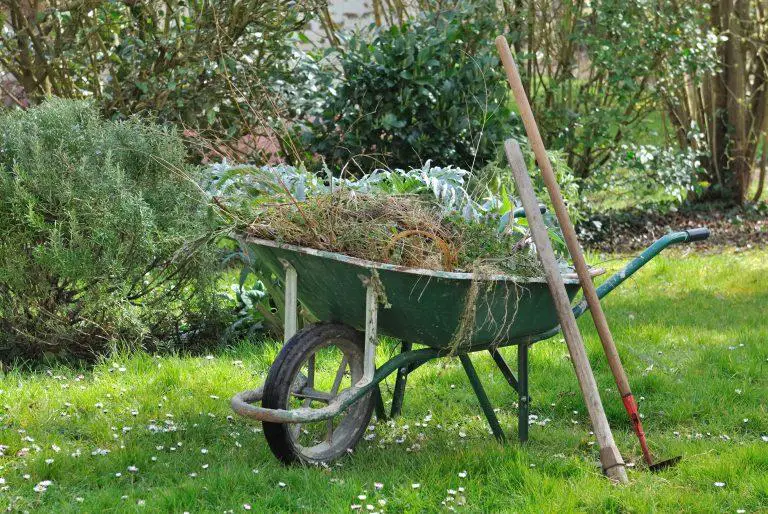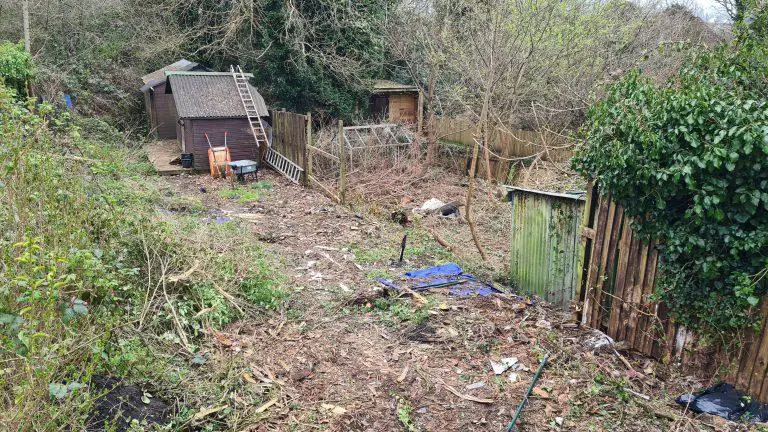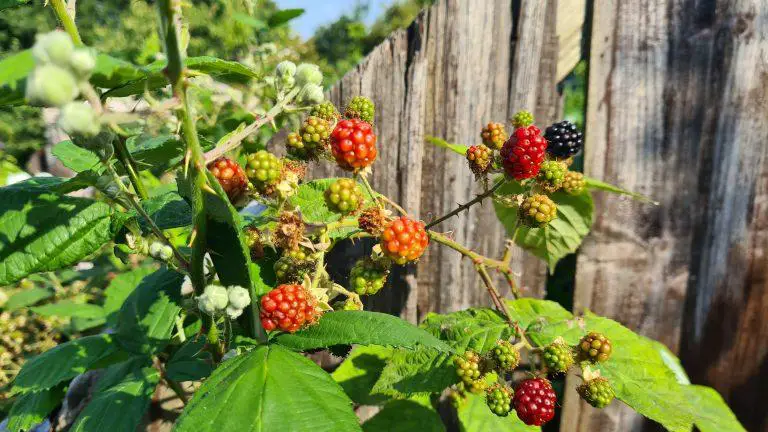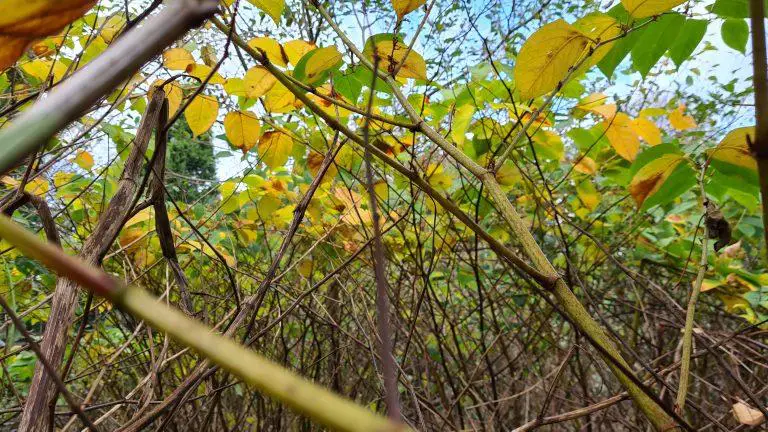Invasive weeds can quickly take over your garden and yard, leaving you with a mess that is difficult to get rid of. If you want to make sure the job is done right and in an efficient manner, it’s best to hire a contractor who specializes in invasive weed removal.
But how do you determine which contractor is the right one for the job? Here are some tips on choosing the perfect contractor for invasive weed removal.
Evaluating the Contractor’s Reputation
Japanese knotweed is one of the most aggressive, invasive plants in existence. It can cause serious damage to property, so it’s essential that any contractor you hire for its removal has a good reputation and experience with this particular weed.
When evaluating a potential contractor, there are several important factors to consider before signing on the dotted line. These include their experience level, track record of successful removals, references from previous customers, and safety protocols for handling Japanese knotweed.
Taking the time to carefully evaluate these criteria will help ensure that your project is completed safely and successfully by a reputable contractor who knows how to handle this difficult plant correctly.
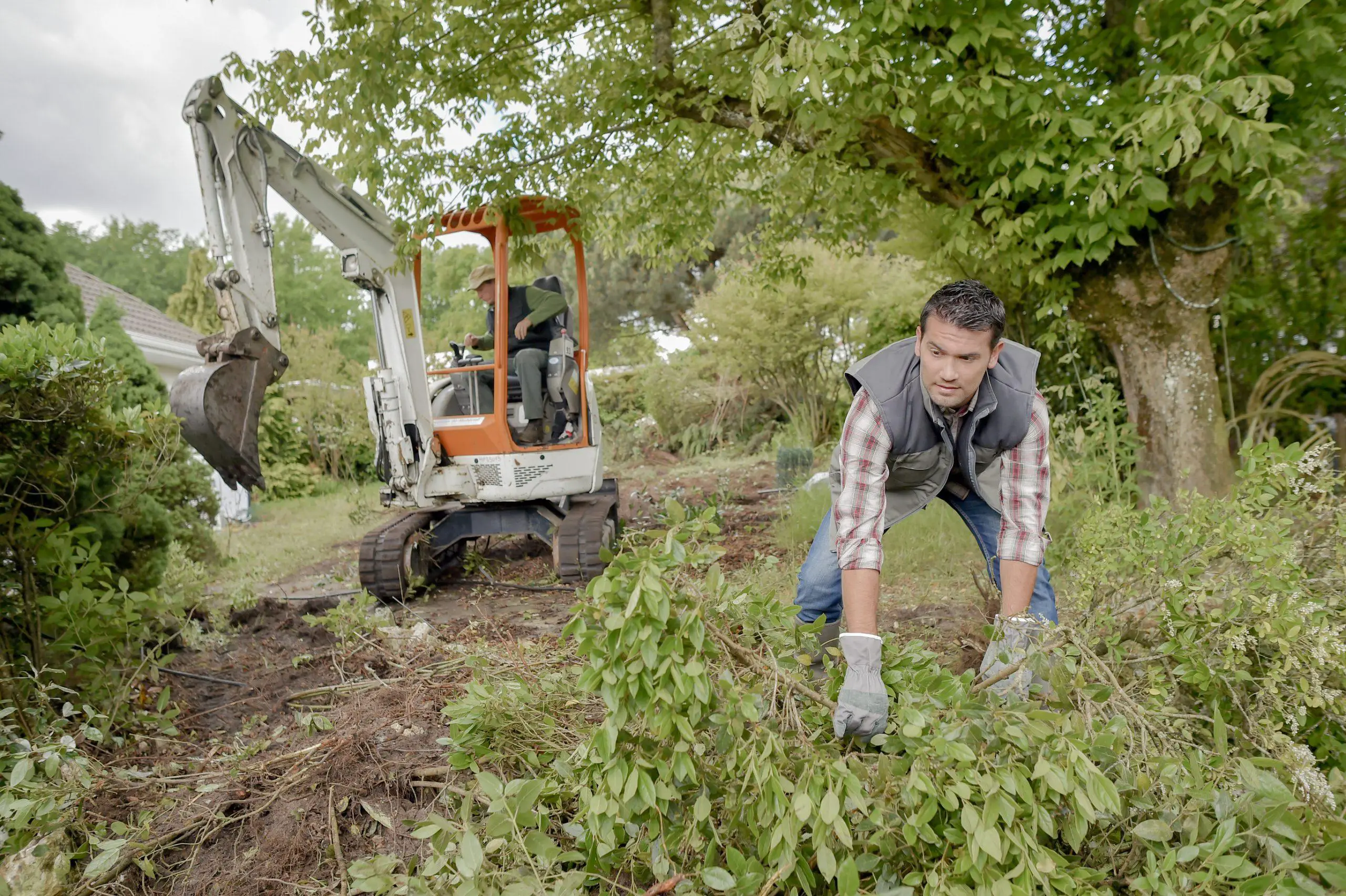
Researching online reviews and ratings
Finding a contractor to remove Japanese knotweed can be daunting, especially if you are unfamiliar with the plant and don’t know how to spot the signs of an experienced professional.
Fortunately, online reviews and ratings can provide valuable information that can help you make an informed decision. By reading through customer feedback on sites such as Yelp or Google Reviews, you can get a sense of which contractors have had successful outcomes in removing Japanese knotweed from properties in your area.
Additionally, by checking out each contractor’s website and social media profiles, you may even find specific case studies that demonstrate their experience dealing with this invasive species.
Taking the time to research online reviews and ratings for potential contractors is your first step towards finding someone who will safely and adequately remove any existing infestations on your property.
Requesting references and case studies
When looking for a Japanese knotweed contractor, it is important to do your research and make sure that you are working with a reliable, experienced company. One of the best ways to do this is by requesting references and case studies from potential contractors.
By looking at past work they have completed, you can get an idea of their level of knowledge and expertise in dealing with Japanese knotweed.
Additionally, speaking with previous customers can give you insight into how well the company communicates, how quickly they respond to requests and inquiries, and whether or not they deliver results as promised.
Taking these steps will help ensure that you find a qualified contractor who can provide effective treatment for your property’s Japanese knotweed problem.

Registered with professional bodies
Invasive weeds are a major problem in many countries, causing considerable damage to native plant species and ecosystems. As such, governments around the world have taken steps to control the spread of these weeds by registering with professional bodies that specialize in their management.
These organizations work together to develop strategies for preventing further infestations and controlling existing ones, as well as providing information on how best to manage invasive weed populations. By doing so, they help protect local flora and fauna from being negatively impacted by these plants.
Furthermore, they also provide guidance on how landowners can reduce their risk of being affected by invasive weed species.
Through this collaborative effort between government agencies and professionals specializing in weed management, it is possible to keep these problematic plants under control and prevent them from spreading even further into our natural environment.
Verifying licenses and insurance coverage
Invasive weeds are a major problem for both landowners and governments. They can cause extensive damage to crops, ecosystems, and infrastructure, so it is important that they be removed quickly and safely. To ensure this happens, it is critical to verify the licenses and insurance coverage of any contractor hired to do the job.
This will help protect everyone involved from potential liabilities if something goes wrong during the removal or treatment of invasive weeds. It also helps guarantee that only qualified professionals with adequate training are performing the work.
Verifying these credentials before hiring a contractor is an essential part of making sure your land remains safe from invasive species.
To start, contact your local government to find out what licenses and insurance coverage are required for the removal of invasive weeds in your area. Then, ask any contractor you consider hiring for proof of these documents. This will help ensure that the work is done safely and in accordance with all applicable regulations.
You may also need to research the specific qualifications and experience of the contractor in dealing with invasive weeds, so be sure to ask for references or other evidence of their expertise.
Finally, make sure to get any contract in writing before the work begins—this will provide clarity on both expectations and responsibilities should something go wrong during removal.
By taking the proper steps to verify a contractor’s qualifications and insurance coverage, you can rest assured that your land remains safe from invasive weeds. Doing so will also help protect you from potential liabilities should something go wrong during the removal process.
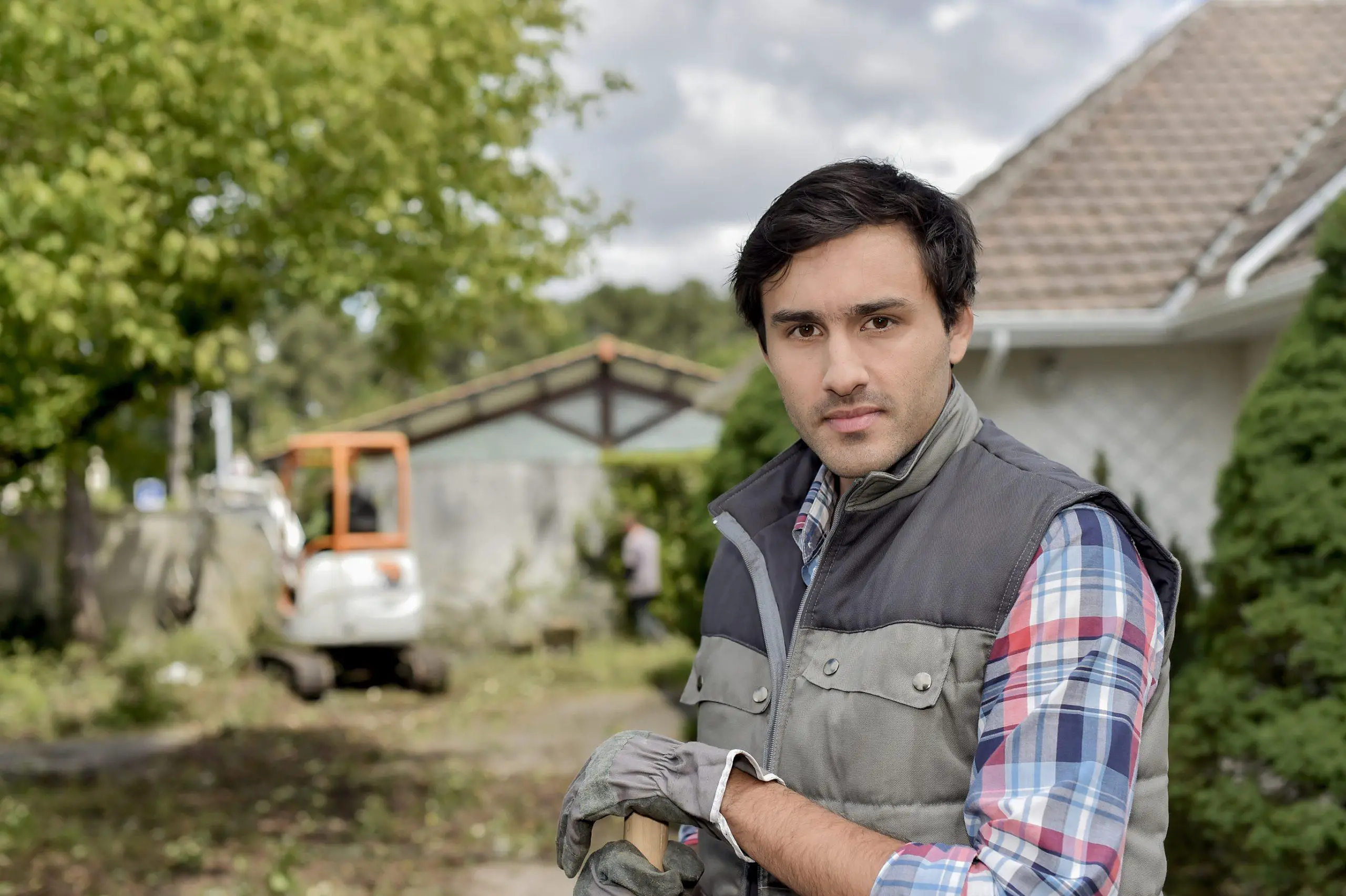
Checking for industry affiliations and certifications
When considering contractors to remove invasive weeds, it is important to check their industry affiliations and certifications. Invasive species can pose a serious threat to natural ecosystems, so it is essential that the contractor hired for removal has the necessary qualifications and experience to do the job correctly.
By ensuring that they have appropriate credentials, you can be sure that your chosen contractor has been trained and certified in proper weed management techniques which will help protect local plants and animals from further harm.
Additionally, confirming any industry affiliations can give peace of mind since these organizations typically provide additional oversight into their members’ practices.
Lastly, research can be done to ensure that the contractor has a valid license and insurance in case of any damage or injury incurred during their service. With proper research and due diligence, you can rest assured that your chosen contractor can handle the job effectively and safely.
Comparing Costs and Services
Invasive weeds have become a major problem for many homeowners, business owners and farmers. They can damage crops, cause soil erosion and reduce the value of the real estate.
Removing these weeds is essential in order to protect your property and keep it looking nice. But with so many different companies offering weed removal services, how do you know which one to choose?
Comparing costs and services is the best way to make an informed decision about which company will be able to provide you with the best results at a reasonable price.
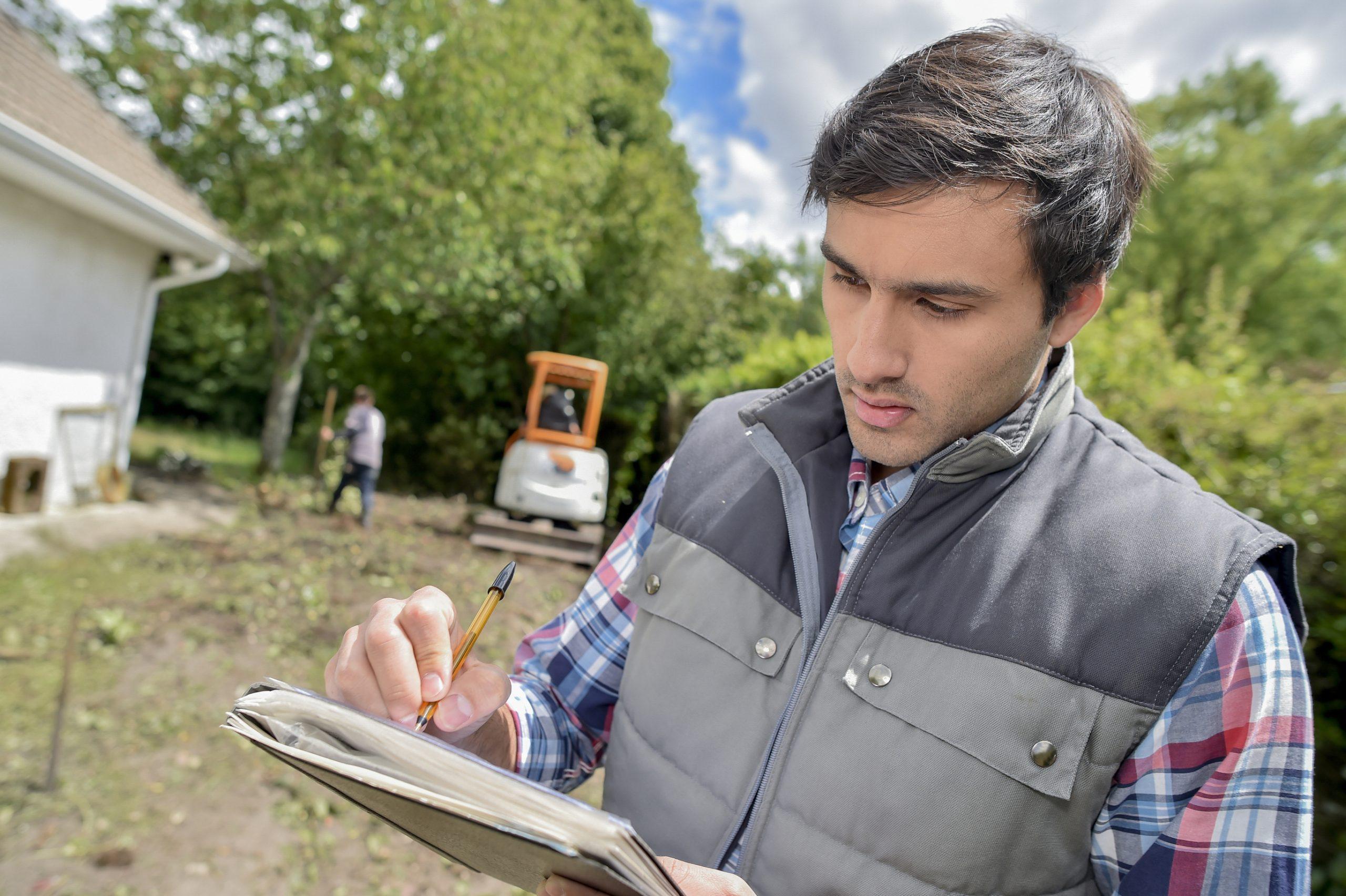
Obtaining detailed quotes and proposals
Invasive weeds can be a major problem for property owners, leading to decreased property values, damage to native vegetation and wildlife habitats, health risks from toxic weed species, and an overall decrease in quality of life. Removing these weeds is essential in order to restore the natural balance of your land.
However, it is important to obtain detailed quotes and proposals before beginning any removal process. This will help you get an understanding of the scope of the project as well as provide cost estimates so that you can make sure you have enough resources available for the job.
Furthermore, having a clear plan laid out ahead of time ensures that all invasive weeds are removed properly with minimal disruption to surrounding ecosystems or human activities.
Understanding what services are included
Invasive weeds can be a major problem in gardens and other outdoor spaces, causing damage to plants and disrupting the natural environment.
Removing these weeds is an essential part of garden maintenance, but it isn’t always easy to do on your own. Hiring a professional contractor for weed removal services can make the job much easier and more effective. But what does this service typically include?
Understanding the different elements of professional weed removal services will help you decide if this is the right approach for your needs.
Professional weed removal services generally include a comprehensive inspection of your outdoor space. This inspection is used to identify the types and locations of all invasive weeds present so that they can be effectively removed. Once the weeds have been identified, a contractor will then use appropriate techniques to remove them from the area.
Depending on the type of weeds present, this may include chemical treatments, mechanical removal or a combination of both. The contractor may also recommend preventative measures to help protect your outdoor space from future weed invasions.
Finally, professional contractors will typically provide a post-treatment clean-up and maintenance service. This includes removing any leftover debris from the area and restoring the environment back to its pre-treatment condition. This service is important for keeping the area clean and healthy after the weeds have been removed.
By understanding what services are included in professional weed removal, you can make an informed decision about whether or not this approach is right for your needs. Professional contractors can provide a comprehensive solution to unwanted invasive weeds, so it’s worth considering hiring one for your next garden maintenance project.
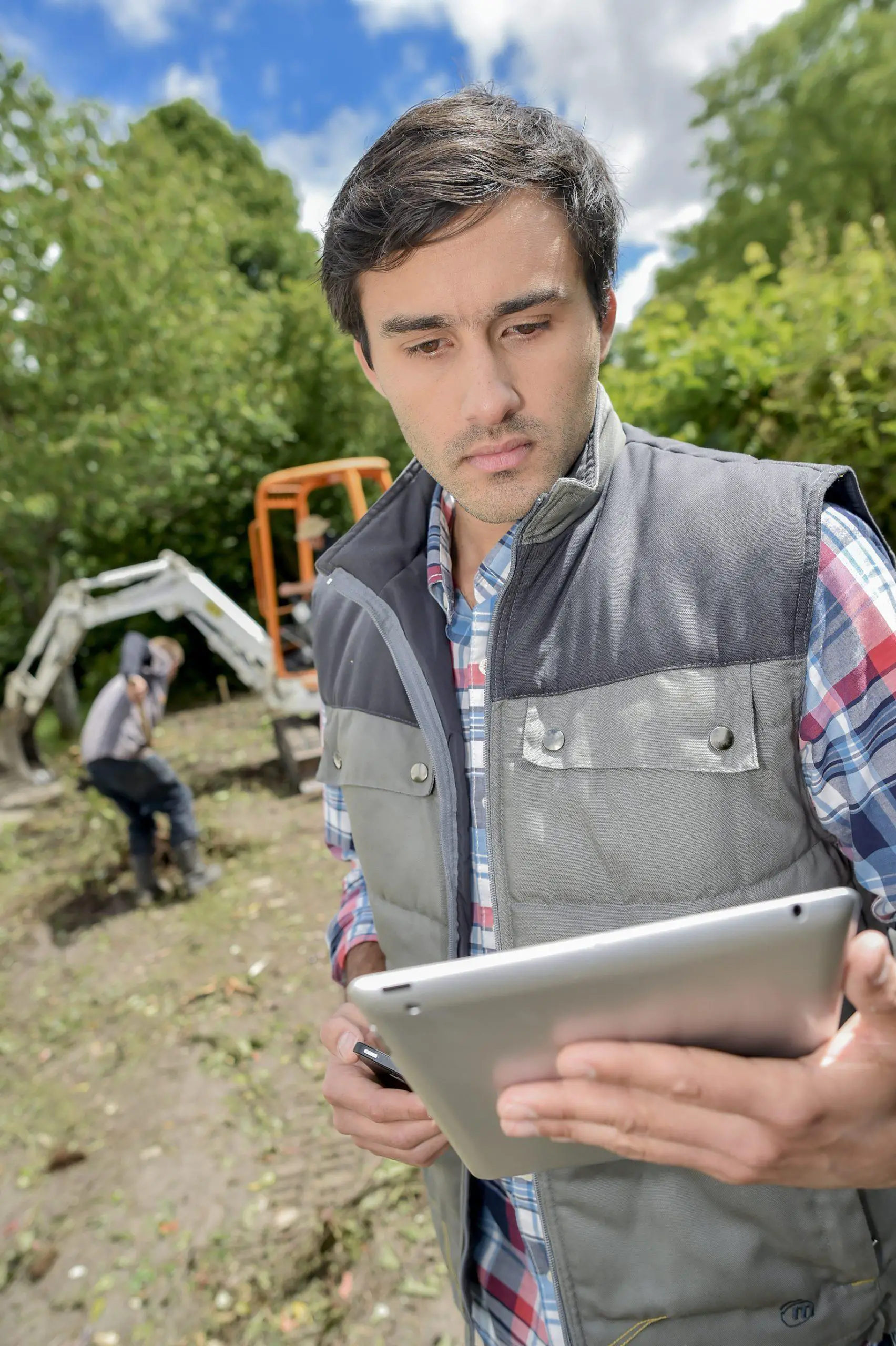
Considering long-term maintenance and monitoring costs
Invasive weeds are a major problem for many areas of the world, and their removal is essential to maintain healthy ecosystems. But in addition to the cost of removing these plants, there are also long-term maintenance and monitoring costs that need to be taken into consideration when planning how best to manage invasive species.
Within this article, we discuss some of these costs, including the need for continued surveillance and research into new methods of weed control.
Additionally, it will explore potential solutions for reducing or eliminating these costs over time, such as utilizing natural predators or developing more efficient eradication techniques. With an understanding of the associated long-term expenses involved with managing invasive species populations, we can better prepare ourselves for successful management strategies in the future.
Long-term maintenance and monitoring costs of invasive weeds include the need for continued surveillance and research. This can be particularly expensive, especially in areas with limited resources or funding.
Surveillance requires time and personnel to evaluate which species are present, how they are spreading, and what potential control options exist. Research is necessary to identify new methods of controlling invasive weeds and to track changes in their populations over time.
In addition to these costs, there are also long-term expenses associated with the implementation of control strategies. This includes the cost of materials such as herbicides or pesticides, as well as labour for applying them. It may be necessary to employ experts to identify affected areas and to develop an appropriate management plan.
Furthermore, the costs of reapplication or retreatment must also be taken into account, as many weeds have a tendency to re-emerge after initial eradication efforts.
There are several potential solutions for reducing or eliminating long-term maintenance and monitoring costs associated with invasive species management.
One approach is to utilize natural predators such as birds, insects, and even other plants to control the spread of invasive weeds.
Another option is to develop more efficient eradication techniques that are less costly and resource intensive.
Finally, education and outreach can be used to help people recognize and remove invasive species from their own properties, reducing the burden on land management agencies.
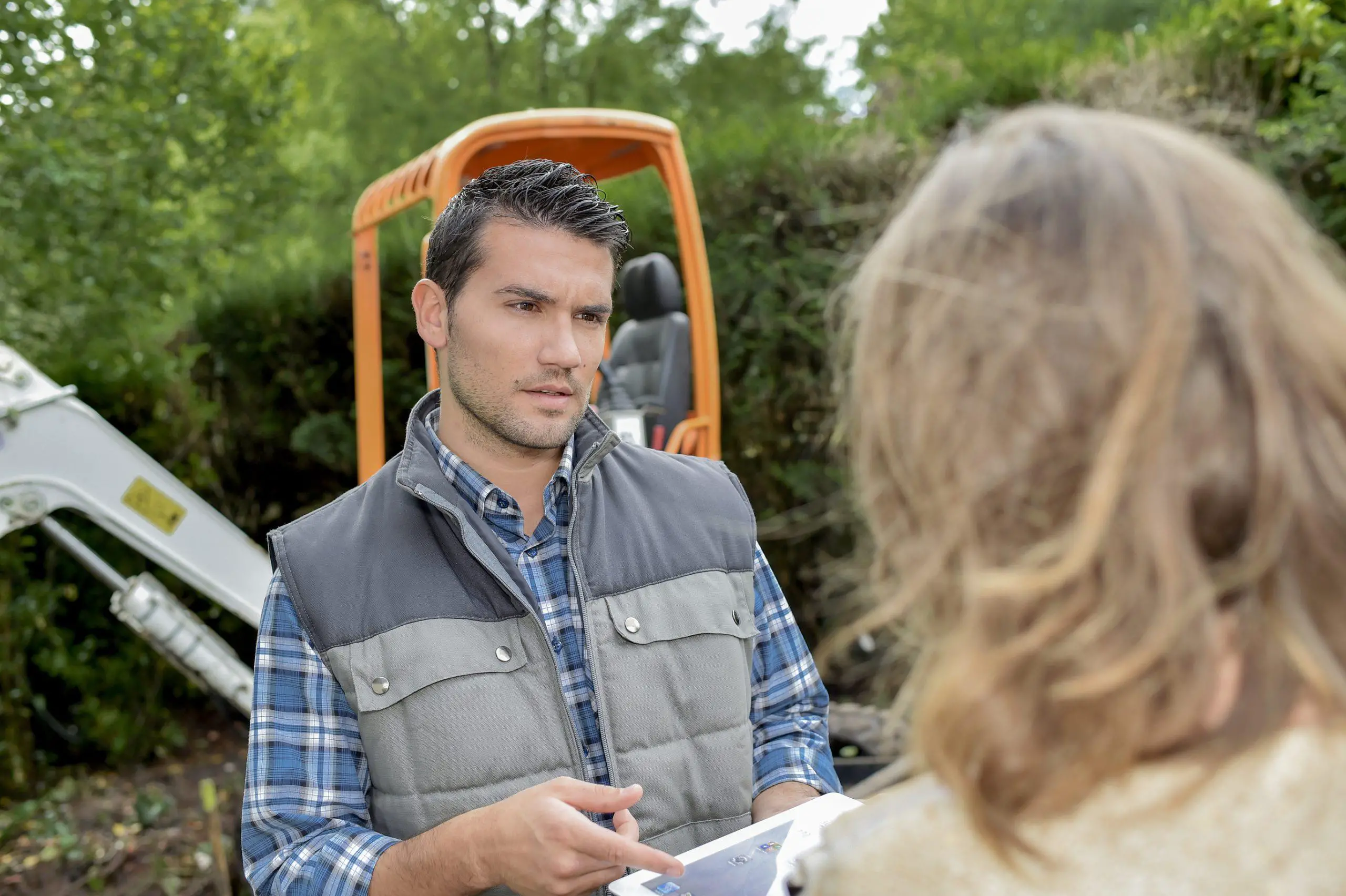
Communication and Transparency
When it comes to removing invasive weeds from a property, communication and transparency are key. A professional contractor should be able to provide an accurate assessment of the situation before they begin any work, including outlining the scope and cost of the project.
They should also keep you informed throughout the entire process so that you know when progress is being made and what steps have been taken.
In addition, they should be clear about any risks or potential issues associated with the removal of these weeds and how those will be addressed. By taking these steps, a professional contractor can ensure that your property remains free from invasive weeds while keeping you in control every step of the way.
Openness and responsiveness to questions and concerns
Invasive weeds can cause serious damage to ecosystems, as they outcompete native species for resources and alter the environment in which they are found.
As such, it is important for land managers and others tasked with keeping these invasive plants at bay to be open and responsive when questions or concerns arise about their removal.
This means understanding the importance of a comprehensive weed management plan that takes into account any potential impacts on wildlife, water quality, soil health, air quality, biodiversity and other factors.
It also requires an openness to feedback from stakeholders who may have different perspectives on how best to handle a particular weed problem.
By being open and responsive in this way, land managers can ensure that invasive weeds are adequately addressed in an effective manner while still protecting the environment around them.

Ability to provide clear and detailed explanations
Invasive weed removal is an important part of managing and preserving natural ecosystems. Invasive weeds are non-native plants that can outcompete native species, leading to a decrease in biodiversity and loss of habitat for wildlife.
Removing invasive weeds can help restore the balance between native species and invasive species, allowing native vegetation to thrive in its own environment. It’s essential to understand how to properly remove these weeds so that they won’t return or spread further into the area.
Providing clear and detailed explanations about this process is key in helping people better understand why it’s necessary as well as how best to go about it.
When explaining the process of removing invasive weeds, it’s important to emphasize that this should be done with caution and respect for the environment. Allowing some invasive species to stay in an area can have a beneficial effect on biodiversity, so it’s essential to choose which species need removal carefully.
Additionally, identifying which native plants are present is crucial to understanding which species are invasive.
Finally, it’s important to explain the different methods of removing weeds and how each has its own benefits or drawbacks.
For example, physical removal such as pulling or mulching can be effective for small infestations but may require more labour and cost than chemical or biological control methods.
Providing clear and detailed explanations of invasive weed removal can help people better understand this important process and allow them to make the best decisions for their local environment.
Explaining why it’s necessary, how to detect invasives, and what methods are available will ensure more effective control of these weeds and a healthier, more vibrant habitat that benefits both native species and humans.

Transparency about the process and timeline
Invasive weeds are a major issue in many areas, as they can quickly take over and disrupt local ecosystems. When it comes to removing these invasive plants, transparency about the process and timeline is key for ensuring successful eradication.
Knowing exactly when and how the removal will happen helps all stakeholders prepare accordingly and stay informed throughout the process.
With clear communication of what methods will be used, when they’ll be implemented, who’s responsible for them, and what outcomes are expected from their implementation, everyone involved can work together to achieve the desired result.
For example, if a weed is identified in an area and the goal is to eradicate it as quickly as possible, communication of what resources will be used, how long the process will take, and who’s responsible for implementation should all be discussed.
This allows everyone to coordinate their efforts so that no time is wasted or duplicate work is done.
Additionally, it’s important to be consistent in providing updates on the progress of the removal, so that everyone involved is aware and can adjust their efforts as needed.
Transparency about the process and timeline of removing invasive weeds is essential for ensuring successful eradication and keeping all stakeholders informed throughout the process. When everyone involved has a clear understanding of what’s expected of them and when the whole process can be completed as efficiently and effectively as possible.
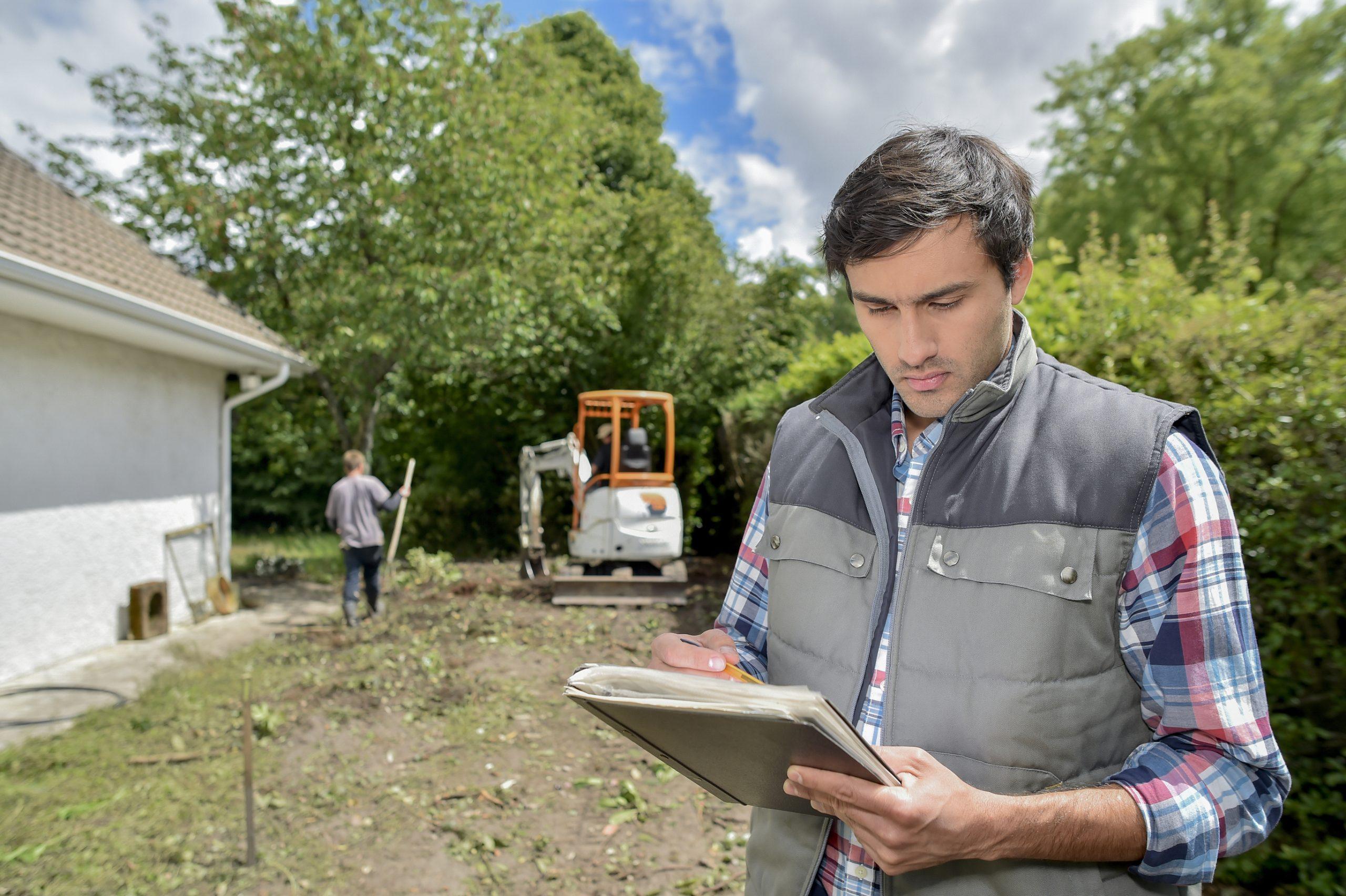
Get everything in writing
When it comes to working with contractors, it is essential to ensure that all agreements and contracts are in writing. This will provide both parties with peace of mind and protect them from any potential issues or disputes that may arise in the future.
Not only does this help to avoid conflicts, but it also allows for a clear understanding of the roles and expectations between both parties.
By getting everything in writing, you can rest easy knowing that all your bases have been covered when it comes to your contractor agreement.
In conclusion
When it comes to selecting the right contractor for your project, there are a few final tips and considerations that can help you make the best decision. It is important to take time to do your research and ensure that you are working with someone who has the necessary experience and qualifications.
Additionally, make sure that they provide a written contract outlining their services as well as any warranties or guarantees. Also, be sure to check references from other clients who have worked with them in the past so you can get an idea of their level of professionalism and quality of work.
Finally, always be honest about what you need from them so both parties know what expectations are set before beginning any project together.

